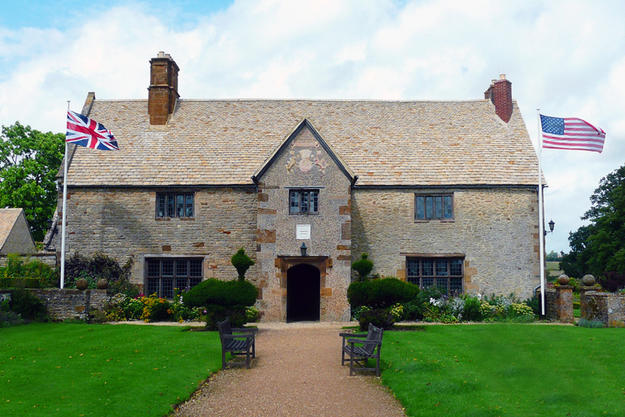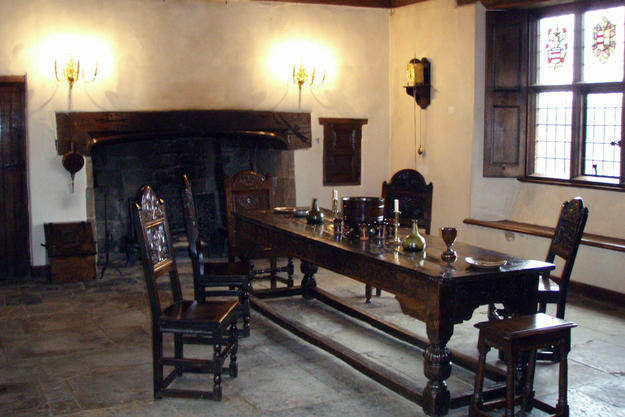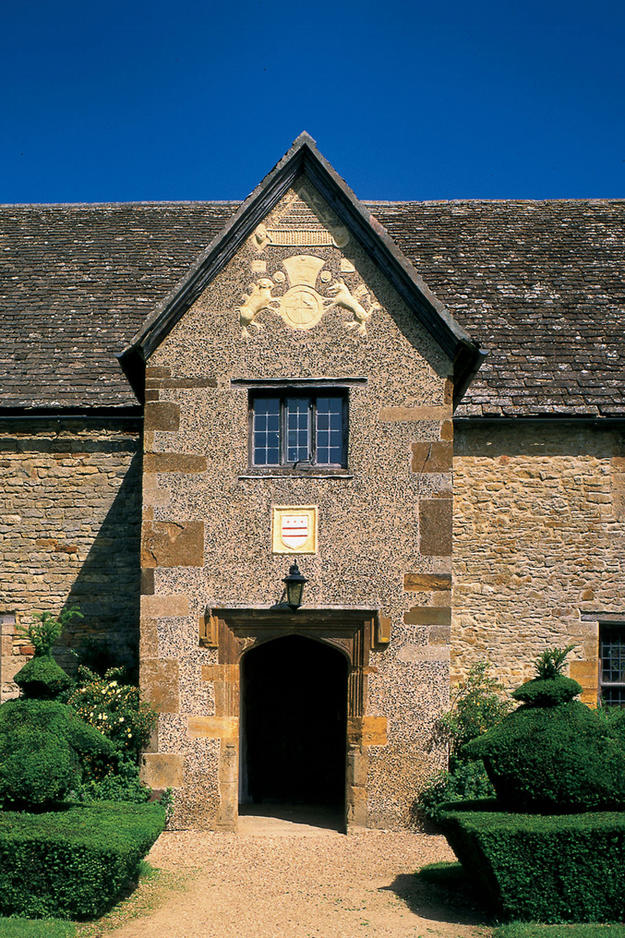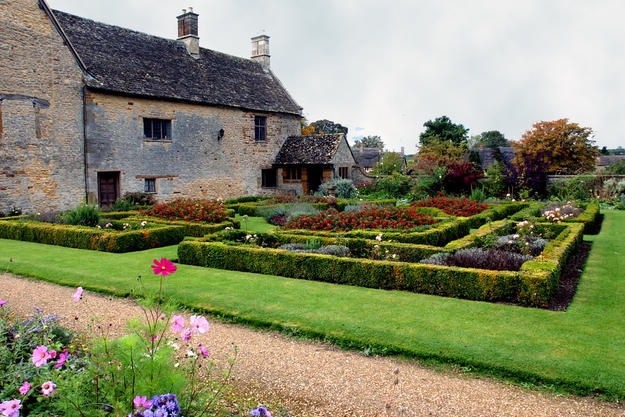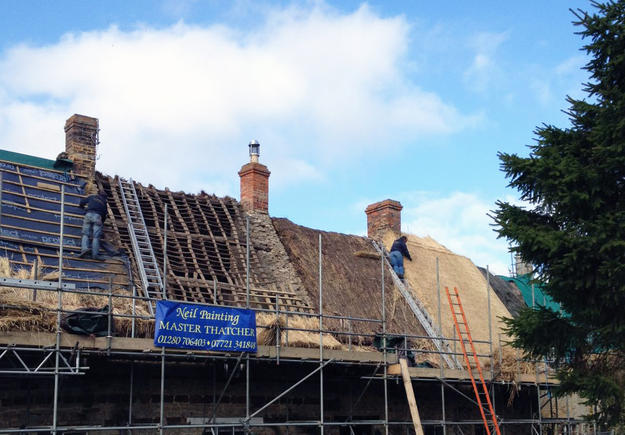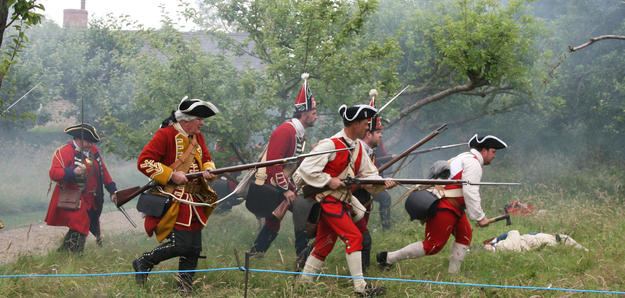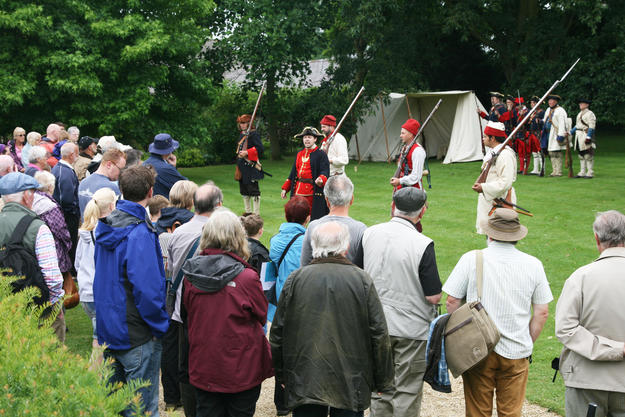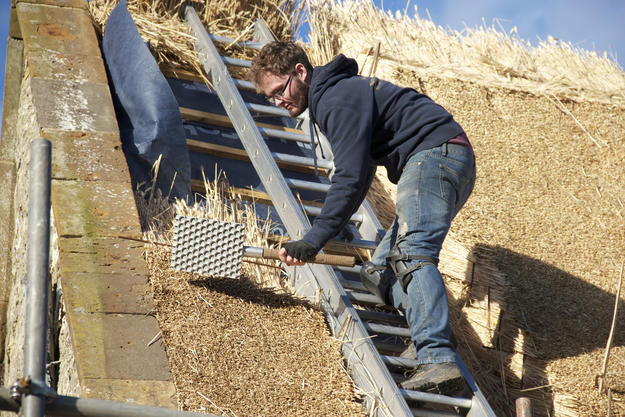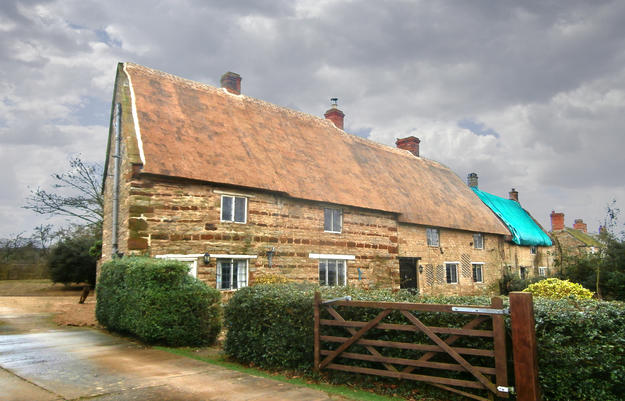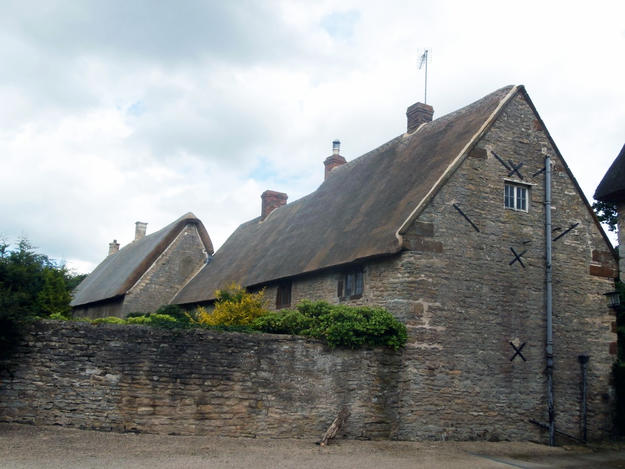Sulgrave Manor
Nestled in rolling fields and surrounded by gardens, orchards, and lawns, Sulgrave Manor is located in a small village in Northamptonshire. The manor house was built in the sixteenth century by Lawrence Washington, a direct ancestor of George Washington. The Washington family occupied the property until 1659, when they immigrated to America. Built in the Tudor style from local limestone, the complex consists of several courtyards and structures, including a barn, brewhouse, buttery, and shop. The house contains an extensive collection of sixteenth-century furniture and objects, and still displays the Washington family’s coat of arms depicting the stars and stripes thought to have influenced the American flag.
In 1914, the site was purchased by the British American Peace Committee to celebrate the centenary of the 1814 Treaty of Ghent, the peace treaty that ended the War of 1812. The manor house was then partially rebuilt and restored by leading English architect and landscape designer Sir Reginald Blomfield. Sulgrave Manor first opened to the public in 1921 as a symbol of Anglo-American peace and friendship. Today, the complex is used for educational programs about the manor’s history and agricultural environment.
2014 World Monuments Watch
By the early twenty-first century, the buildings on the property had fallen into disrepair and conservation challenges threatened the estate’s unique collections. Sulgrave Manor was included on the 2014 World Monuments Watch to call attention to the need for increased resources and to promote the development of creative management strategies to ensure the long-term survival of the property.
A new roof brings Sulgrave a new future
The site’s inclusion on the 2014 Watch led to WMF Britain commissioning a business plan that emphasized the benefits of conserving the site. The plan, funded by the Estate of Paul Mellon, identified ways to improve the sustainability of the site to ensure its future as a valuable cultural and educational resource for local, national, and international visitors.
In June 2014, Watch Day and the bicentenary of the Treaty of Ghent were celebrated together at Sulgrave Manor. Activities ranged from children’s workshops to battle re-enactments, live music, and exhibitions. Also in 2014, we established the Sulgrave Manor Scholarship—in conjunction with the Paul Mellon Centre for Studies in British Art, the Yale Center for British Art, and the Sulgrave Manor Trust—to conduct research at the site. The research culminated in a written report and presentation on Sulgrave’s historic value and its potential as an example of a small house museum facing major repair and business challenges in the modern day.
Sulgrave received grants from the National Society of Colonial Dames of America and American Express. The latter was used to thatch two historic buildings (Manor Cottage and Kiln Farmhouse) on the property and make them more accessible for use as an integrated part of the visiting experience. Thatching occurred between October 2015 and June 2016. With the new roof complete, the Sulgrave Manor Trust can now focus on the restoration and adaptive reuse of the buildings to further Sulgrave Manor’s sustainability by broadening the appeal of the site as an engaging destination.

